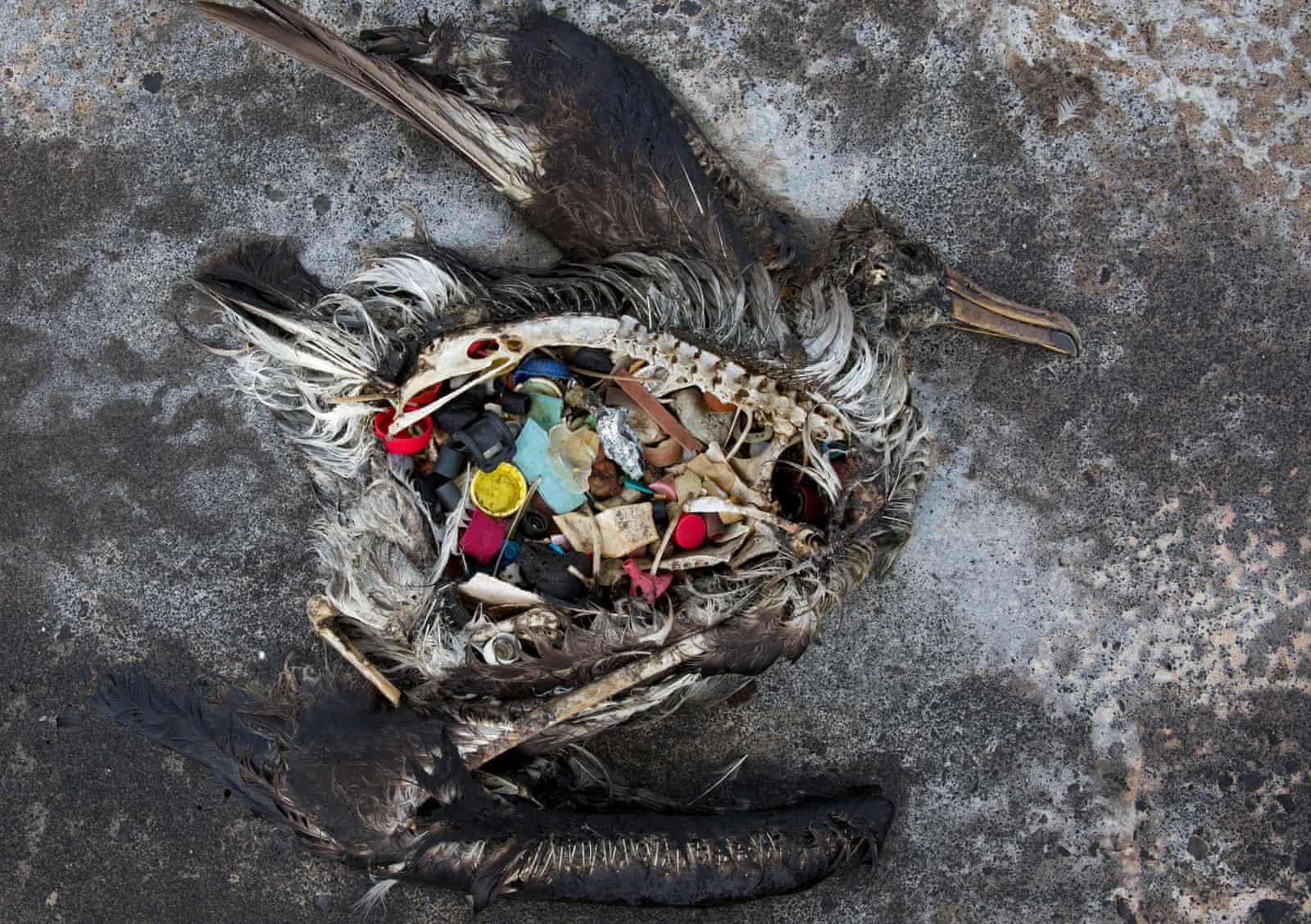Repurposing the waste generated from coffee is nothing new (Donkoh et al., 1988). Owing to heightened sustainability efforts, repurposing coffee pulps has gain more attention in the recent years. One way is by incorporating them into animal feed.
Research are conducted to understand the inclusion of dehydrated coffee pulps (DCP) into animal feed. Jayeola et al. (2020) found promising results, whereby DCP have the potential to replace 20% of commercial feed for dairy cows and 15% for pigs without detrimetnal side effects to these animals. Bouafou et al. (n.d.) echos similar findings for other animals such as poultry and fishes. However, Bouafou cautions against the overuse of DCP as the caffeine and tannine levels will be too high, causing indigestion, resulting in lower yield of animal products, and may be inpallitable to the animals.
Additionally, DCP is relatively cheap to incorporate into the animals' diets, providing a low cost solution for farmers in developing countries to produce their animal products. Cost effective ways to incorporate DCP include directly adding the dried coffee pulps into the feed and fermenting the pulps into silage.
Incorporating coffee pulps into animal feed thus seems to be a feasible approach to prevent pollution, as it is accessible to farmers of different income levels, and it prevents the pollutant from entering into the environment. Having said that, farmers who are incline to give the method a go should understand the mechanisms behind making their animal feed to prevent the unintentional consequences mentioned.


No comments:
Post a Comment